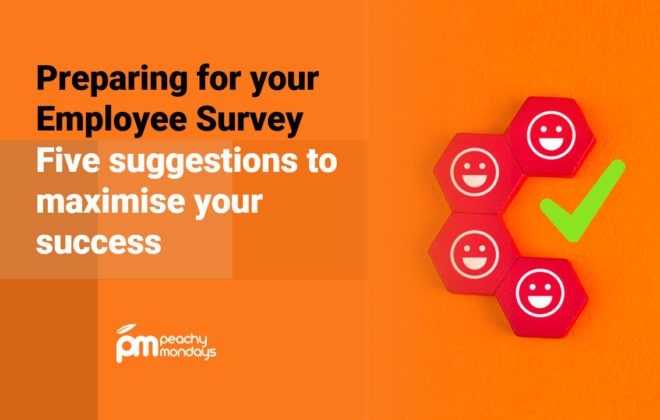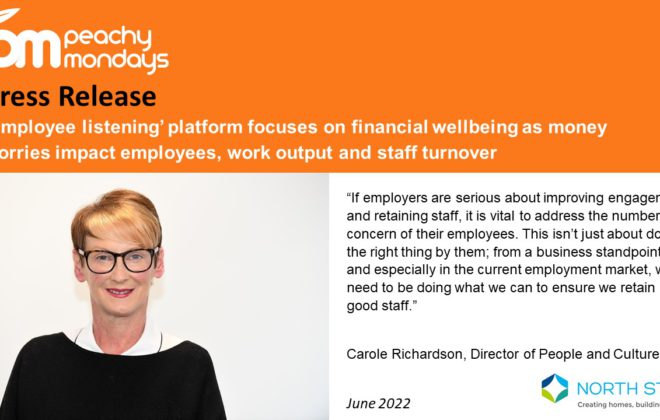Can your business afford not to have effective employee engagement?
With much emphasis on ROI when developing significant business changes, the adoption of an employee engagement strategy must also demonstrate its benefit. While the many internal advantages of having engaged employees can be easily rattled off, the outward facing advantages are often overlooked.
However, a personal experience had by Donna, our head of consulting, really brought home a key difference that good employee engagement brings to businesses. She recently hired two cars, from two different companies. While the process of hiring both cars was identical, the two experiences were different.
One was pleasurable – let’s call them Company A – and the other – Company B – was the polar opposite. The difference was the employee. Donna’s point of contact at Company A was happy, personable and engaged in his work. Whereas the employee at Company B seemed bored, with no eye contact, smile, or any interest in their voice.
Numerous studies highlight the relationship between employee engagement and customer experience; organisations with engaged staff are more likely to deliver a positive customer experience. That’s not to be ignored. Gartner indicate that 89% of organisations surveyed expect to compete on the basis of customer experience, rather than product differentiation.
There is an opportunity for organisations to positively impact customer experience, and ultimately improve business performance, through understanding and developing employee engagement.
From her short encounters with the companies, Donna could see why Company A was a more engaging place to work:
- Strategic narrative – Company A’s mission was loud and clear for all to see.
- Engaging managers – Company A’s duty manager interacted with his staff in a friendly, supportive manner and wasn’t afraid to roll his sleeves up and serve customers when the line was too long.
Company B’s duty manager paced back and forth behind the row of desks, shuffling paper. - Recognition – Even from the line, Donna could see Company A had a chalk board that recognised the achievements of staff. Not just for those who had sold the most, but also those who had received compliments from customers and those who had improved the most.
- Autonomy – The staff in Company B were robotic as they read through a list of processes and could have easily been replaced by technology. The employee in Company A took customers through the same necessary processes but added personality, dealing with the more mechanistic parts with a grin and a series of jokes.
An identical service and process managed in very different ways, leading to very different outcomes.
If you would like to find out more about how Peachy Mondays can help you understand and develop employee engagement in your organisation, contact us here.
Related Posts
Categories
- Case Study (13)
- Change and transformation (21)
- Connectedness (4)
- Culture (17)
- Design (10)
- Diversity and Inclusion (1)
- Effectiveness (16)
- Employee engagement (60)
- Employee experience (43)
- Employee Feedback (51)
- Employee Wellbeing (1)
- Events (10)
- Financial Wellbeing (1)
- Happiness (4)
- Internal Communications (10)
- News (24)
- Onboarding (1)
- Organisational Effectiveness (18)
- Uncategorized (3)




